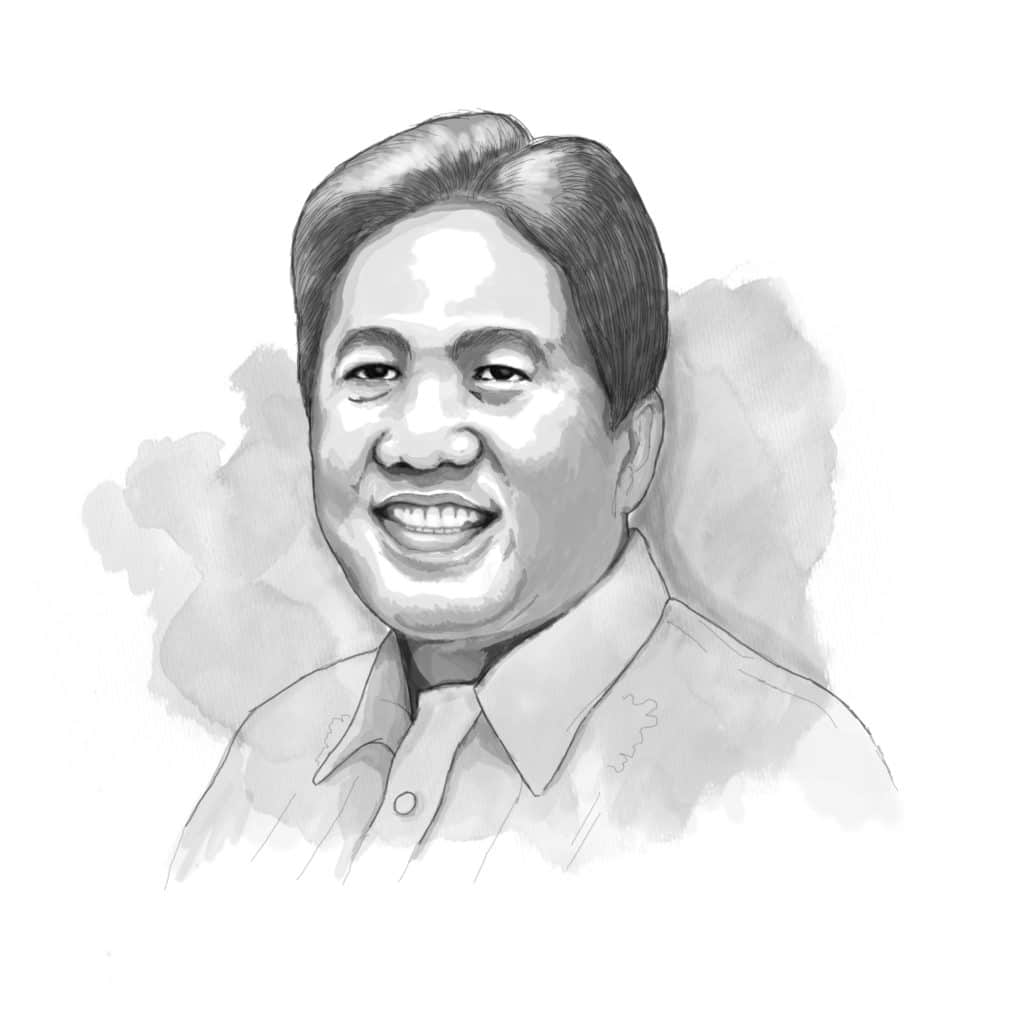ENDEAVOR

Recalling the music of one’s youthful years, I have realized, is one way of muting, or softening, the harsher echoes of past events that persist in one’s memory. Intermittent episodes of Last Song Syndrome, or LSS, serve as a healing balm, a feel-good experience. You'll find yourself humming to the beat of nostalgic music that plays back repeatedly inside your head.
Jose Mari Chan is one of the forerunners of Original Pilipino Music, or OPM, that has become a catch-all term for popular music composed and performed by Filipino artists. His first single, Afterglow, was released in 1967; his first album, Deep in my Heart, in 1969. Those were my last two years in high school and my first year as a university student.
Singer-actors also ruled the airwaves during the ’70s. Remember Nora Aunor, Tirso Cruz III, Eddie Peregrina, Ramon ‘RJ’ Jacinto, and Victor Wood?
Writing for our UP student newspaper, the Philippine Collegian, I commented that Nora Aunor’s dazzling stardom enabled the masses to cast aside their worries and cares as they watched her movies and listened to her top-hit songs. Eddie Peregrina was the jukebox king and his twin hits were Two Lovely Flowers and What Am I Living For.
RJ Jacinto, an Ateneo economics graduate, with honors, appealed to the colegiala fandom, as he established his own band, RJ and the Riots, and a radio studio, DZRJ. This station morphed into Radyo Bandido, when June Keithley reported on the fateful events of EDSA People Power from its studio barely two kilometers away from Malacañan.
The Hotdog band, led by La Sallites Dennis and Rene Garcia, introduced the Manila Sound genre with their album, Unang Kagat. Their soloist, Ella del Rosario, popularized Pers Lab with its memorable lyrics: “Tuwing kita’y nakikita, ako’y natutunaw, parang ice cream na nabilad sa ilalim ng araw” (Every time I see you, I feel like ice cream, melting under the sun).
Another hit was Ikaw ang Miss Universe ng Buhay Ko, a tune dedicated to Filipina women when the pageant was held in Manila in 1974. They also composed Manila, a tribute to Overseas Filipino Workers (OFWs). Annie Batungbakal was a hit tune about a disco queen from Frisco, or San Francisco del Monte, Quezon City, and her addiction to partying.
Apolinario Mabini Hiking Society, later simplified to Apo Hiking Society (APO), was a band formed in the Ateneo de Manila High School in 1969. Jim Paredes and Boboy Garrovillo, who were among the 12 original members, were joined by Danny Javier in forming a durable trio known for hits such as Mahirap Magmahal ng Syota ng Iba, Kaibigan, and Ewan, the first runner-up song in the first Metro Pop Song Festival in 1978. This was the event at which Freddie Aguilar’s world-famous song Anak was first sang. APO’s Handog ng Pilipino sa Mundo popularized the Filipinos’ epic achievement in overthrowing a dictatorship. The lyrics are embedded in Our Lady of EDSA Shrine that was built on the spot on which thousands of Filipinos stopped the tanks and armored personnel carriers deployed to disperse their ranks:
“Handog ng Pilipino sa mundo, Mapayapang paraang pagbabago. Katotohanan, kalayaan, katarungan ay kayang makamit na walang dahas. Basta’t magkaisa tayong lahat.” (The Filipinos’ offering to the world: Peaceful process of change. Truth, freedom, justice can be won without force. As long as we all unite.)
APO holds the distinction of being the first Filipino artists, together with Marco Sison, to perform at the main hall of New York’s Carnegie Hall. In 1994, they were conferred the Dangal ng Musikang Pilipino (Filipino Music Honor Roll). They also received Tanglaw ng Lahi Award, the highest accolade given by the Jesuits in the field of culture and arts.
Following the enactment of the new post-EDSA Philippine Constitution in 1987, President Corazon Aquino issued Executive Order Number 255, which “provides that all radio stations with musical format programs must broadcast a minimum of four OPM or original Pilipino music compositions in every clock-hour.
As I write these, I am also reminded of other Filipino artists who shaped my consciousness as their talents gained popular recognition in the ’70s. The Juan de la Cruz Band’s rendition of Ang Himig Natin is particularly memorable:
“Ako’y nag-iisa at walang kasama. Di ko makita ang ating pag-asa. Ang himig natin ang inyong awitin. Upang tayo’y magsama-sama sa langit ng pag-asa.” (I am alone and without anyone. I couldn’t find any source of hope. Sing our song. So we could be united in our heaven of hope.)
Also unforgettable are the fiercely nationalistic lyrics of Heber Bartolome’s Tayo'y Mga Pinoy:
“Tayo'y mga Pinoy, tayo'y hindi Kano. 'Wag kang mahihiya kung ang ilong mo ay pango. Dito sa Silangan ako isinilang. Kung saan nagmumula ang sikat ng araw. Ako ay may sariling kulay: kayumanggi. Ngunit di ko maipakita tunay na sarili. Kung ating hahanapin ay matatagpuan. Tayo ay may kakanyahang dapat na hangaan”
(We are Filipinos, we are not Americans. Don’t be ashamed of the shape of your nose. I was born in the East, where the sunrise emanates. I have my own color: brown. But I am unable to show the full extent of what I could do. If we seek in earnest, we will discover that we possess admirable qualities.)
Finally, there’s Florante de Leon and his song Handog that has become my personal favorite:
“Tatanda at lilipas rin ako, nguni’t mayroong awiting iiwanan sa inyong alaala. Dahil minsan, tayo’s nagkasama.” (I will age and fade away. But I leave with a you a song to remember, because once, we bonded together.)